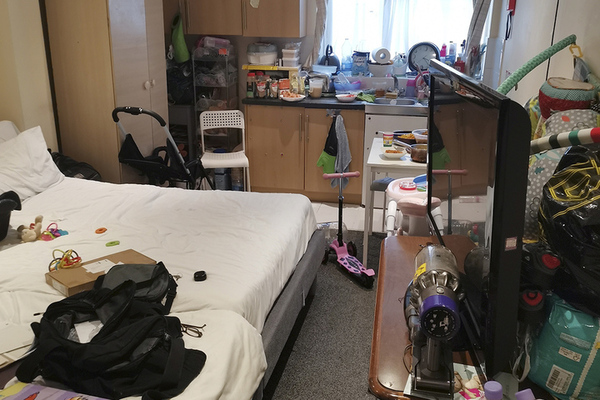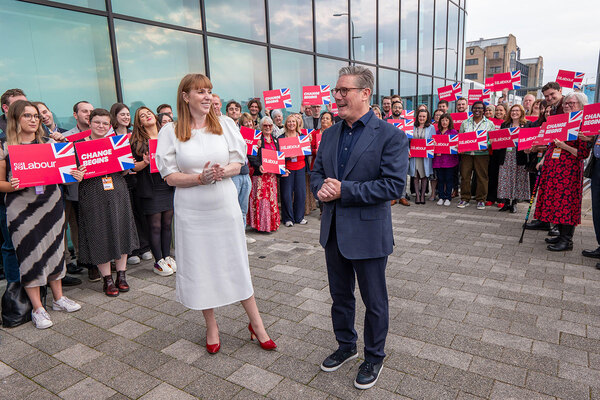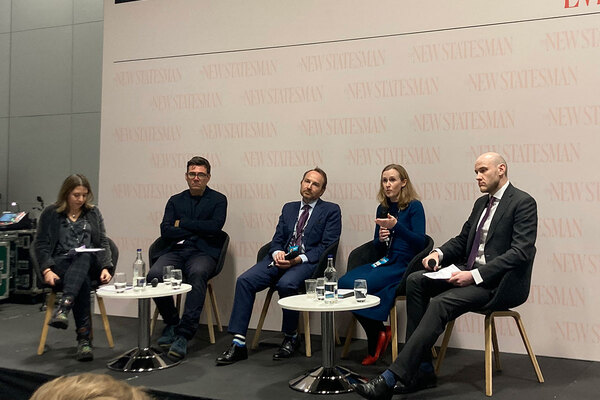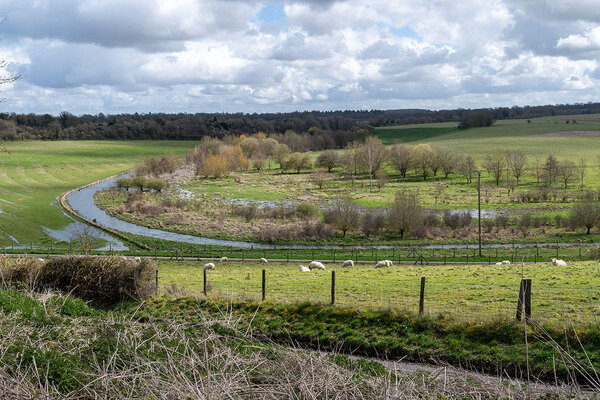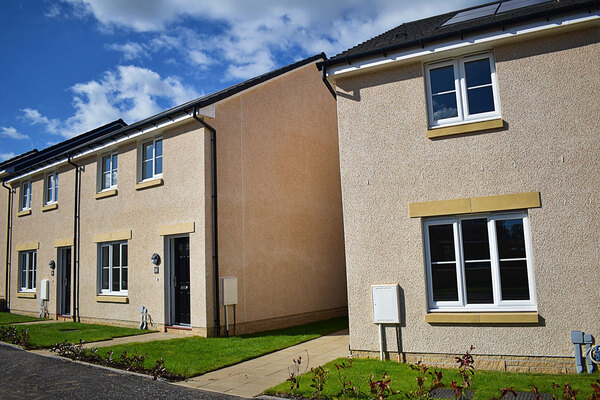You are viewing 1 of your 1 free articles
Should social media be incorporated into all housing consultations?
Alice Salomonsson, planner at Boyer, asks whether we need a 21st century approach to public participation in planning
A recent YouGov poll commissioned by the Institute of Environmental Management and Assessment (IEMA) found 63% of British adults believe there should be more public involvement in planning for new homes. This led IEMA to recommended that policymakers should create more meaningful opportunities to improve public participation in the planning system.
So as the new government sets about “bulldozing the planning system” to fulfil its pledge to build 1.5 million new homes, is a step-change in public consultation necessary to achieve public support for housing (and limit the nimbyism that plagued the last government)?
If so, does a reinvigorated approach to public consultation require more of the same, or a 21st century approach that embraces social media and AI alongside more traditional means of communication?
There is no question that younger age groups are largely absent from consultation on planning issues. Decision-making on proposals for housing is regularly dominated by a narrow demographic and traditional planning processes do not encourage the voices of the ‘silent majority’, which is largely made up of those under retirement age.
Social media is almost certainly the most likely means of reaching this demographic. Research highlights that almost 80% of the global population uses social media platforms and that this is growing at a rate of 3.2% per annum. More specifically, more than nine in 10 working professionals aged 16 to 24 use social media, compared with fewer than two in three professionals between the ages of 55 and 64.
So while social media may have the power and the potential to reach younger audiences, is it a suitable form of communication for consultations on planning issues, which are invariably complex, nuanced and require considered responses?
On the one hand, yes. Social media allows people to take part in an online consultation when and where they want – at home, on the move, or while waiting for the bus. It can also greatly reduce the amount of time that is required to create a valuable response, with no need to travel, and may therefore be more attractive to people those who are ‘time-poor’.
Online communication is accessible in languages and in the varied ways in which information is presented. Translated and accessible versions of documents are available through software already included in our phones and laptops, ensuring that these barriers to participation are removed.
The use of videos and CGI renderings will also allow for people to virtually experience the proposals as they will be built, making the engagement more interactive and fun.
However, posts on social media can be unpredictable and able to reach a wider audience quickly – opening up an unrestrained uncontrolled spread of information about the consultation. In 2023, research by The Planner, 87% of respondents said that they felt that social media regularly or occasionally contributed to misinformation about planning issues locally.
In my experience, I find that anti-development groups on Facebook have given rise to widespread misinformation about development proposals, creating a hostile environment which may discourage younger people from engaging.
“It is likely that to reach the widest and most diverse audience, multiple methods of communication are required”
Younger people usually prefer to dedicate their attention in short, concentrated bursts, as seen with the short videos on TikTok. But I would question whether TikTok is a suitable medium for content relating to complex planning decisions.
Whether developers and planners intend it or not, social media will be used in the planning sphere. We have to accept that it can be difficult to manage social media engagement but also find work-arounds where possible. Consultations on social media should be monitored closely by the project team and dedicated websites and social media campaigns can be used to ensure that any misinformation and inaccuracy spread on the post can be corrected.
In conclusion, it is difficult to say whether an increase in online consultation would help or hinder Labour’s housing targets. However, it could ensure that a more diverse group of people would be allowed to participate in the process. While the fear of nimbyism and the spread of miscommunication may be reducing the desire in engaging with residents online, the focus should be on valuable engagement with as many people as possible.
The takeaway should be that no one method of consultation is better than another. It is likely that to reach the widest and most diverse audience, multiple methods of communication are required. The strategy for public consultations should continue to evolve as online communication methods advance, alongside an increased education for younger people’s (or everyone’s) understanding of the planning process.
Alice Salomonsson, planner, Boyer
Sign up for our daily newsletter
Already have an account? Click here to manage your newsletters




